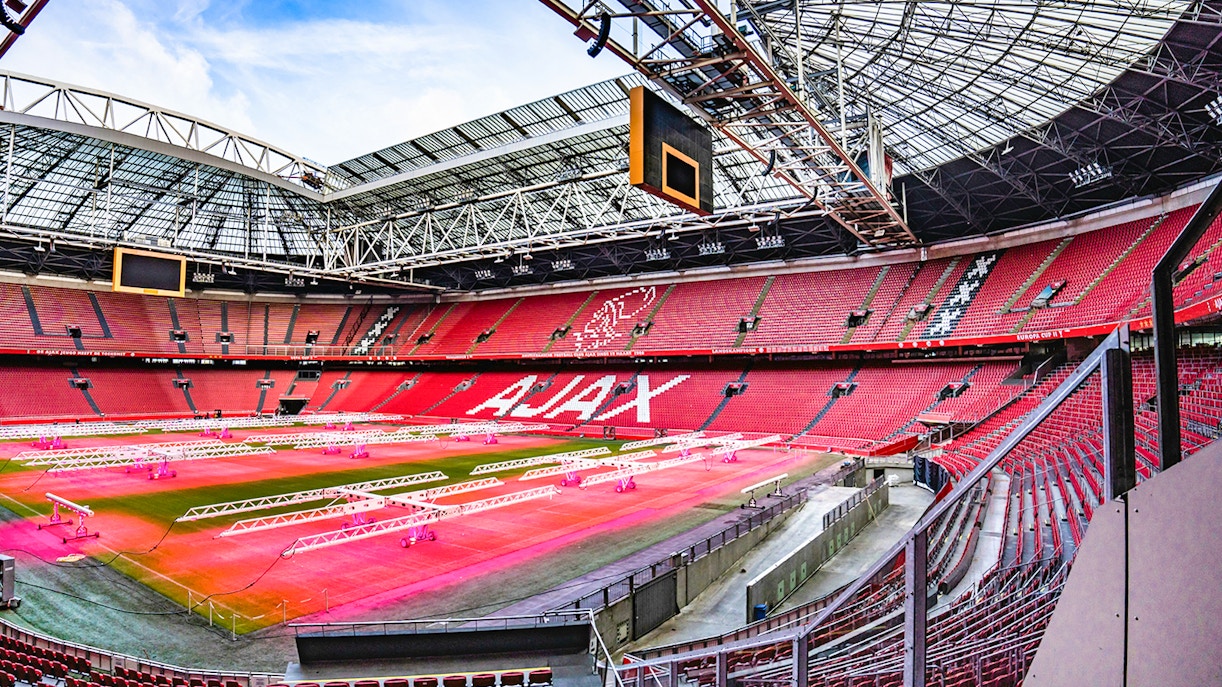The concept for a new stadium in Amsterdam emerged in the late 1980s, initially tied to the city's bid for the 1992 Summer Olympics. Although Amsterdam lost the bid, the vision for a modern, large-capacity stadium persisted. AFC Ajax, one of Europe's most storied football clubs, needed a new home as their ground, De Meer, had become too small for their growing fanbase. This convergence of a city's aspirations and a club's needs laid the groundwork for the ArenA.
History of Johan Cruijff ArenA explained

From Olympic dream to football home (1980s–early 1990s)

Construction and grand opening (1993–1996)
Construction commenced on November 26, 1993. The project was a significant undertaking, led by prominent contractors Ballast Nedam and Royal BAM Group. Over three years, the structure took shape, featuring a retractable roof, a revolutionary design element for a major European stadium at the time. This allowed the venue to adapt to various events and weather conditions. The stadium, then known as the Amsterdam ArenA, was inaugurated on August 14, 1996, by Queen Beatrix, marked by a celebratory football match between AFC Ajax and AC Milan.

Hub for European football and entertainment (1996–2016)
Following its opening, the Amsterdam ArenA established itself as a premier venue on the European stage. It hosted major football events, including the UEFA Champions League final in 1998 and several matches during the UEFA Euro 2000 championship. In 2013, it took center stage for the UEFA Europa League final. Beyond football, the stadium became a popular destination for large-scale concerts and other cultural events, drawing international artists and diverse audiences.

Renaming and modernization (2016–Present)
A significant turning point in the stadium's history occurred in 2016 with the passing of Dutch football legend Johan Cruijff. As a tribute to his legacy, it was announced that the Amsterdam ArenA would be renamed in his honor in August 2018. Concurrently, a major renovation project, which began in June 2017 and was completed by 2020, modernized its facade and enhanced visitor facilities, ensuring its continued status as a state-of-the-art venue capable of hosting major international events like the UEFA Euro 2020 championship.


